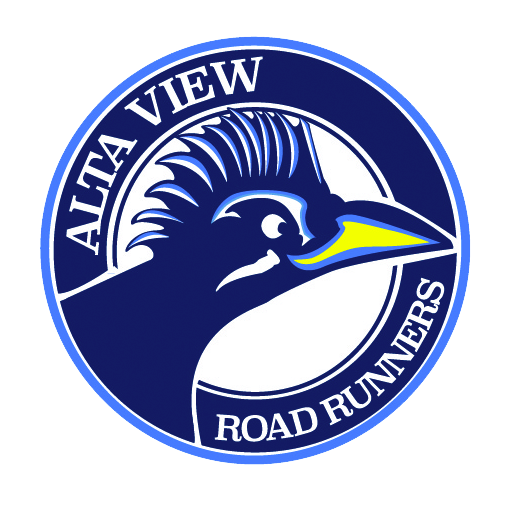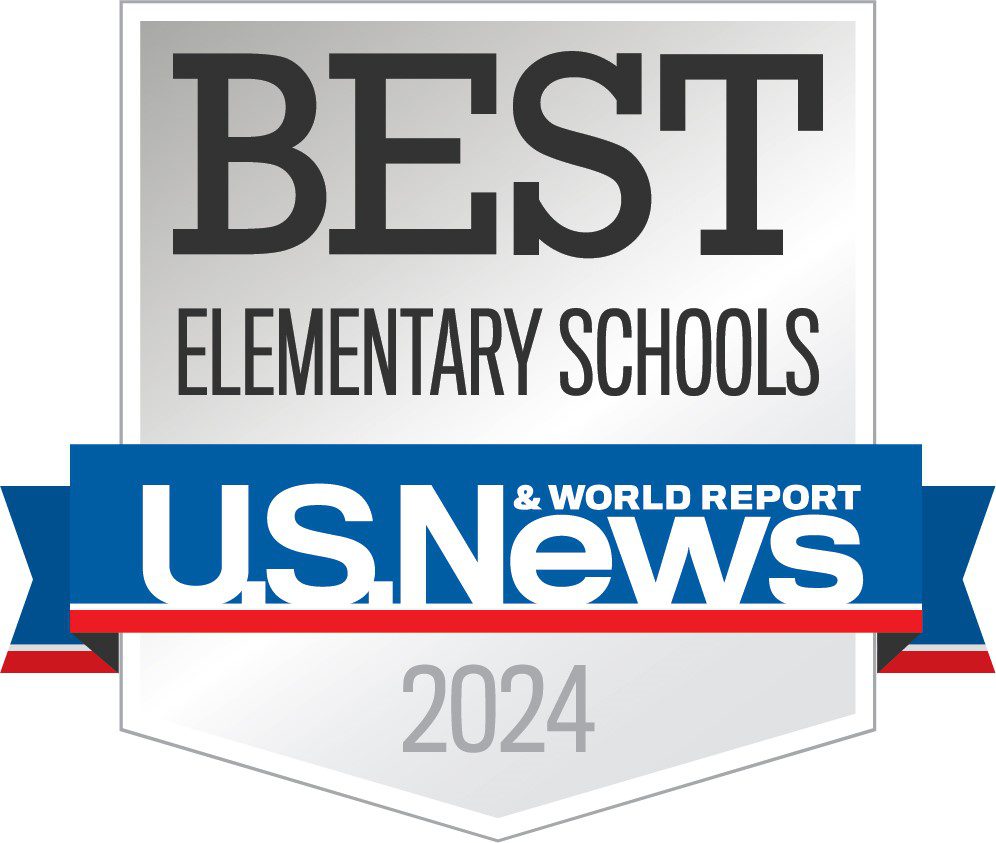At Alta View Elementary, our Spanish Dual Language Immersion program gives students the opportunity to learn a second language while mastering core subjects. In this program, students receive instruction in math, science, and social studies in Spanish, allowing them to develop both academic skills and language proficiency at the same time. During the elementary years, students spend approximately half of their school day learning in Spanish, with the other half in English. Our teachers are fully fluent in Spanish, and we maintain a clear separation between languages during instruction to ensure effective learning.
Benefits:
· High proficiency in a second language.
· Equal or higher performance on English standardized tests.
· Enhanced cognitive skills (memory, problem-solving, attention).
· Greater cultural awareness and appreciation.
· Strong preparation for global opportunities and future careers.
To help families understand how students progress in the program, the video below shows language growth from 1st through 5th grade.
Additional Resources:
· For more information about Dual Language Immersion please visit: http://utahdli.org
· Additionally, here are links to the Utah Language Immersion Instructional Times:
– Instructional times for Grades 1–3
– Instructional times for Grades 4–5
Enrollment Information:
Families interested in enrolling their first grader in our Spanish DLI program at Alta View Elementary, you may apply through the lottery in the fall of their child’s kindergarten year.






